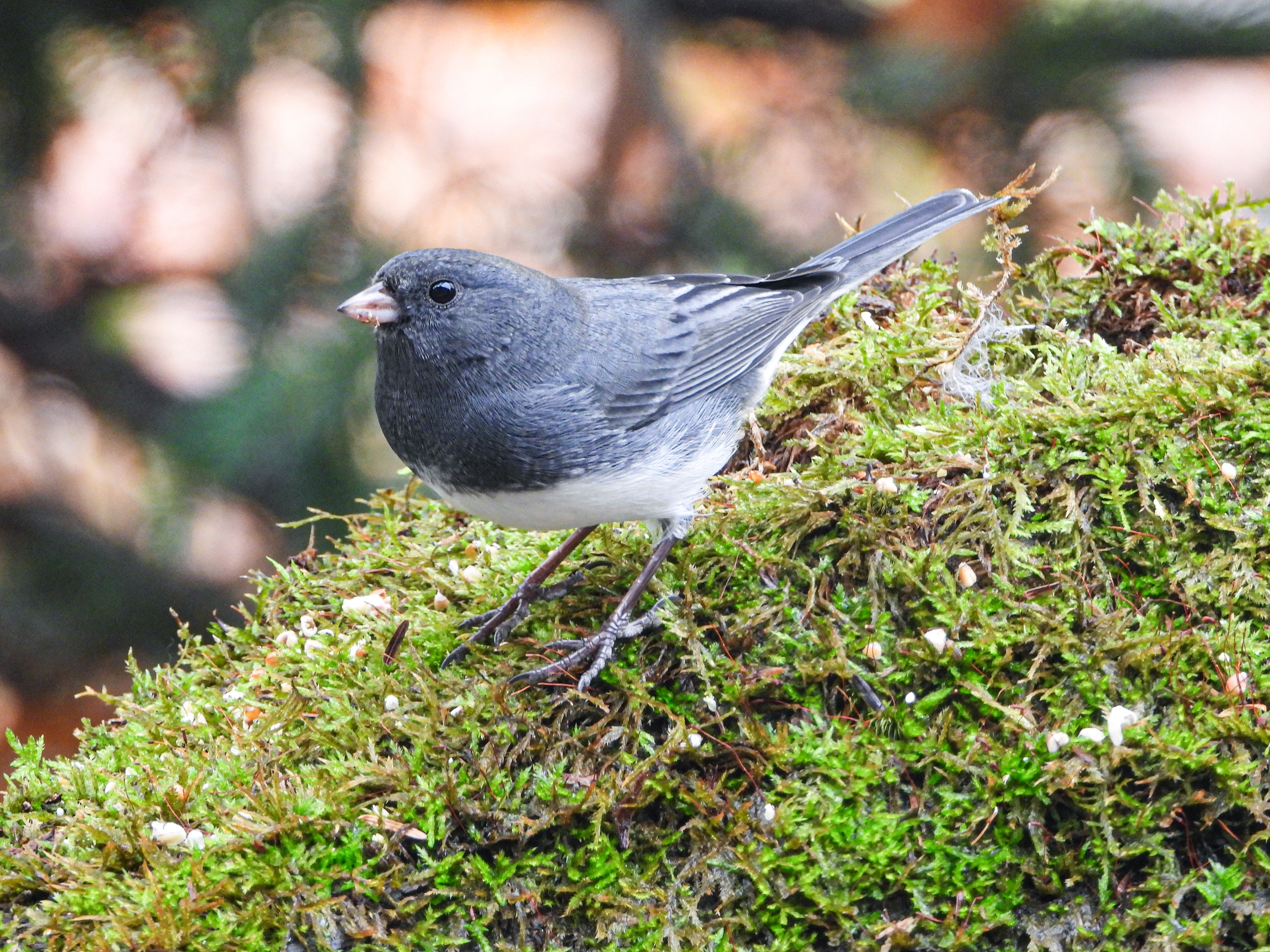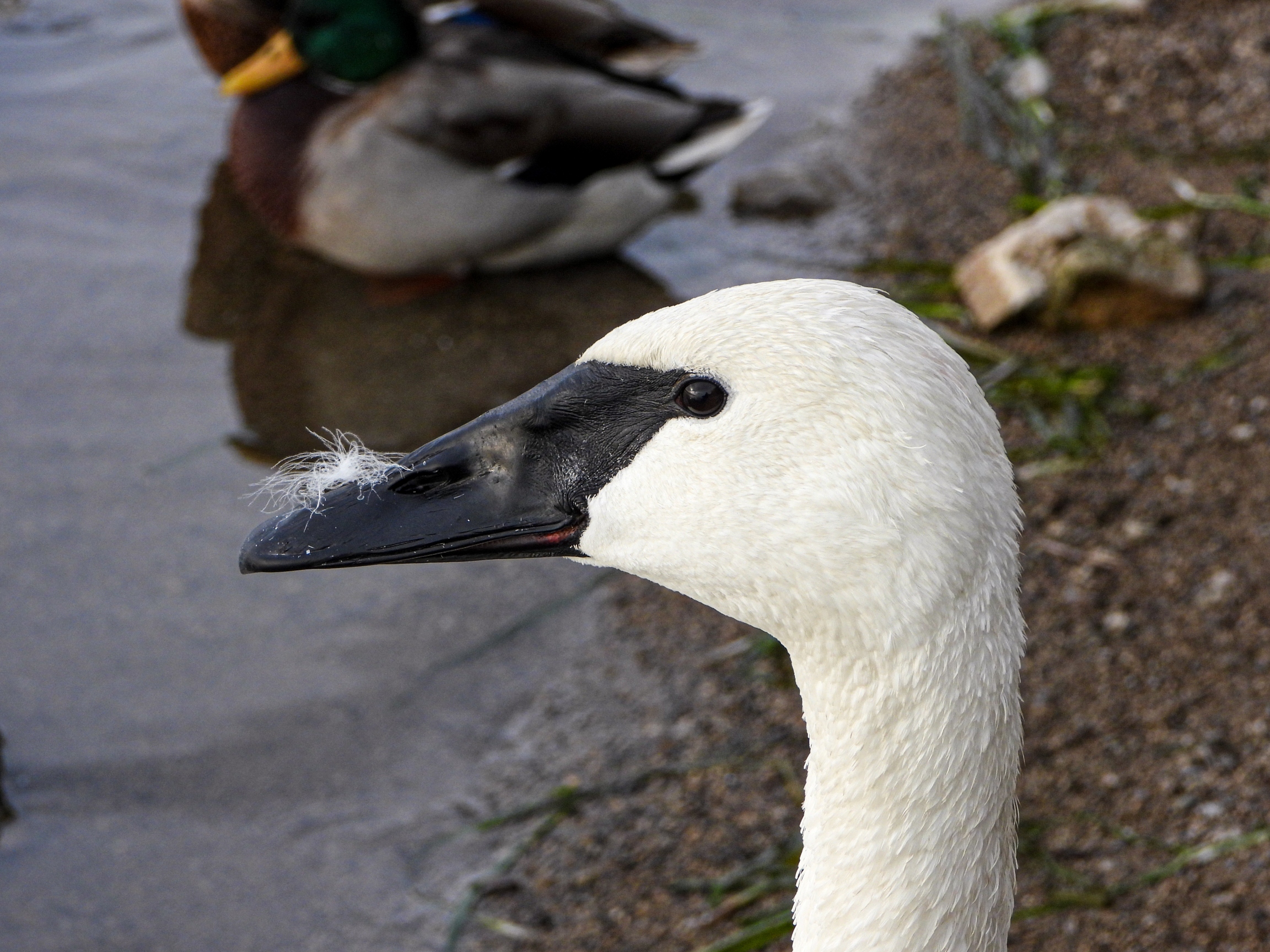As we approach the new year, we are always looking for ways to inspire our daily wellness practice. A great place to begin would be adopting a new healthy habit in your morning routine.
The best way to wake up and start your day is with a bit of movement. You don’t need to work out or do anything complicated. It’s about getting the blood flowing, bringing cortisol up naturally and feel energized.
Movement can be for as little as five minutes in the morning and still be super beneficial to creating a very positive response in the body.
In one of my articles, A Good Morning Routine Sets the Tone for The Day, I go into detail on the benefits of a good morning routine. One suggestion is a bit of movement, whether it be something like yoga — a movement flow — or some dynamic stretching.
In the videos below, I will be demonstrating a movement flow and some dynamic stretching so you have an example of quick and simple ways to get yourself going in the morning.
If you like to work out in the morning, that is great, but not everyone has the time to do it or it may not be the best time of day for them. Either way is okay. We all need to do what makes sense in our lives and days.
This first video shows you some dynamic stretches that you can do with some deep breathing, which you would do one after the other. This is a good place to start if you are lacking mobility.
This second video is a movement flow. Take your time, pause the video if you need to. You can do this once or go through it two to three times. You may have to modify the movements slightly depending on your level of mobility. The great news with starting with a modified version of this movement flow is that it’s a great way to measure your improvement. The better you are able to execute each movement after practicing them, the more mobile you are becoming.
Focus on your breath in both. Take deep breaths in before you go into the movement, then exhale as you move into it. On each exhale, go slightly deeper or longer than the last.
The videos are about two and two and a half minutes long, so it will take very little time to do; even if you decide to repeat the movement flow two to three times, it wouldn’t take more than seven minutes. Although they aren’t long, they do benefit the body in many ways. These movements will improve blood circulation, leading to igniting your digestive system, and will cause the natural rise of cortisol, which makes you feel ready to get the day started.
Dynamic stretches
In the video, each movement is labeled. Here is a brief description of each:
- Toe touches to overhead reach: first, start by giving your body a good shake to release any tension. As you reach down towards your toes, take a deep breath in and only go as low as you feel comfortable. As you come up, start to exhale, squeeze your glutes and reach up towards the ceiling. Make sure you squeeze your glutes so you protect your back. If you feel any discomfort in your lower back, you are either not tightening your glutes as you lift or you are doing too much of a back bend. Do 6–10 repetitions. This movement is great to stretch your posterior chain (this is the backside of the body, including your glutes, hamstrings, erector spinae, lats, and calves) and to get the blood flowing.
- Heel scoops to arm circles: this is actually a small movement. Start with your legs together, bring one heel slightly forward, and start to hinge your hips so your chest comes down but your spine stays neutral. As you fold at the hips, bring your arms down and then come up to standing with a large arm circle. Repeat on the other side then keep alternating. Do 6–10 repetitions. This movement hits your hamstrings — the back of your leg — and gets the blood flowing in your shoulder joints.
- a) Alternating lateral lunge: this is where you should start if you are just getting started. You will be in a wide stance with feet pointed forward. Shift over to one leg without leaning over onto the side of your foot. Best practice is to grip the floor with your toes so your big toe doesn’t lift. If you can, spread your toes and press into your big toe to help prevent you from supinating (leaning over onto the outside of your foot). This is also a bit of a hip hinge, so you end up folding at the hip. Your knee should track towards your toes. Keep your spine neutral. Come up to the centre and do the same on the other side. Keep shifting side to side. Do 6–10 repetitions. This will stretch out your adductors (inner thighs), which will open up your hips.
b) Lateral shift lunge: this is a more advanced move. This is similar in mechanics to the alternating lateral lunge, but this time, you start with your feet together. Step out to the side and do the same pattern as above, but add a direct shift to the other side, then step back over to the other side so you are standing, legs together. Repeat back and forth. Do 6–10 repetitions.
- Squat and thoracic rotation: start in a squat position — how low you go will depend on your current mobility. The key is to maintain a neutral spine without leaning forward too much. Bring both arms down to the inside of your legs, pressing into your inner thighs. Keep one arm down and then rotate so the opposite arm points up to the ceiling. Look up at your arm as you twist. Repeat on the other side. Do 6–10 repetitions. This movement is amazing for your thoracic spine to open it up, while keeping your lower back stable.
- Arm hugs: this is very simple but great to open up your chest. Give yourself a hug and then open up your arms by leading with your thumbs. Come back to a hug. Move around a bit while you are doing it for added benefit. Do 6–10 repetitions.
Movement flow
The movements in this video are done in a flow. Some movements are similar to the ones above. The key is to try to flow into each movement. You need to engage your core — your midsection — as well as breathe through each movement.
- Start with toe touches to overhead reach: see the description above.
- Then move into a single leg deadlift to arm reach with a heel scoop. I did this very slowly in the video, which I recommend if you are new to this. As you lift one leg behind you, make sure your hips are square so your foot isn’t rotating out. If you feel this is happening, rotate your foot inwards as you go back. While doing this, you are stretching your arms out in front of you, preferably beside your head. Come down slowly and bring your heel forward into a heel scoop (see description above). Great for your posterior chain and for improving balance.
- Now into a warrior 2 pose with rotation. Step out to the side so your foot points to the side. If you can, try to open up your hips. Arms up and stretched out. Then bring one arm down into your inner thigh, rotating your other arm up and look up towards your fingers. Remaining in a wide stance, switch foot positions and repeat. Great to open up hips and upper back.
- From this position, you move into what is called the world’s greatest stretch — it really is! You twist so you are in a lunge position then come down to the floor so both arms are inside the leg that is stepped forward. That same arm closest to the forward leg rotates up and you look towards the ceiling. Come down so both hands are on the floor and go into a tall plank, moving the opposite leg forward and then twisting that same arm up. This is great for your core, shoulder stability, stretching quads and hip flexors, as well as opening up your thoracic spine.
- Now go back into a tall plank. From here, take one leg and go across your body. How far up you go will depend on how mobile you are. If this is too much, then just rotate your knee under and back into a plank. Do this on both sides. Great for your core and to stretch your glutes a bit.
- From your tall plank again, you will walk your hands back to go into a squat. Sit in this for a bit and push your knees out slightly with your arms. Rock back and forth. This feels so amazing and is a great way to end the flow.
You can repeat these two to three times if you want and you’ll still be able to fit it in time-wise.
All you need is a few minutes each morning and you will be amazed at how great this makes you feel. Make sure you grab a few sips of water beforehand. Start where you are, not where you want to be. If you aren’t very mobile, trying to do too much too soon could make you feel worse before feeling better.
By starting where you are, it gives you a way to monitor your progress and see how much better your mobility is getting. This is such a strong motivator for consistency and encourages you to level up.




